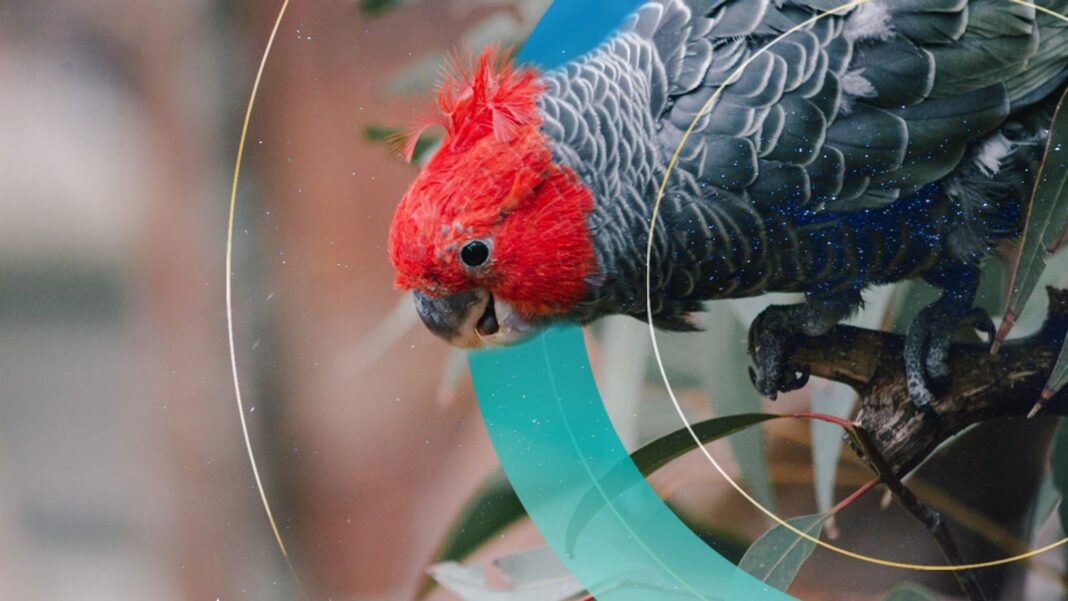GEELONG: Large-scale shifts in weather patterns are causing a number of species to ‘shapeshift’ in wake of the warming temperatures, a recent study revealed.
Author and researcher at Deakin University in Australia Sara Ryding claimed that numerous species are changing over the generations as warmer climates tend to produce creatures with longer limbs and larger appendages.
In the study Shape-shifting: changing animal morphologies as a response to climatic warming, researchers stated that many warm-blooded animals are adapting to climate changes, and it is occurring quite faster than it was expected.
Shapeshifting does not mean that everything is fine, as it depicts that the animals are evolving to survive in the new hotter world. Sudden climate change is putting them under pressure, and while some species will adapt, others will not.
The study identified new evidence that supports the theory that some numerous animals, that have a constant body temperature, are experiencing changes to their bodies amid rising temperatures, including larger legs, ears, and beaks.
It quoting the ‘Allen’s Rule’ cited that warm-blooded animals [who used to live in colder weather], tend to have smaller appendages – beaks or legs – compared to the same species living in hotter climates.
These animals are shapeshifting to cope with #GlobalWarming.
Let's protect animals by reducing our #greenhouse gas #emissions. pic.twitter.com/4yzcSzcjfZ— Earth Root Foundation (@EarthRootFound1) September 14, 2021
Researchers believed that the most compelling evidence of anatomical change was found in birds in Australia and North America as Australian parrots have increased around 4-10 percent the sizes of their bills since 1871.
The dark-eyed junco, small new world sparrows, which are found in North America, also has seen an increase in bill size as an increase in their beaks will help them dissipate excess body heat in a better way.
Meanwhile, it’s difficult to determine why, exactly, a species evolves in a certain way but the researchers said they’re seeing this trend in many different types of species and locations and one of the common factors they all are facing is climate change.
A recent study of migratory birds which include around 52 species showed that they have been getting smaller over the past four decades, while their wingspan is getting wider. The study finds that animals respond to climate change by altering their surface area to volume ratio.
The study also revealed that shrews and bats have also increased their relative ear, tail, leg, and wing sizes.
It further added that shapeshifting will continue as the climate becomes warmer and higher temperatures will force the animals to regulate their body temperature.
This year has seen some countries scorching high temperatures in decades with July recorded as the world’s hottest month ever.
World’s largest lizard Komodo Dragon listed on endangered species list thanks to rising sea levels
- Misleading Video Alters Prime Minister Shehbaz’s Speech Targeting Political Rival, Not His Party - 21/04/2024
- ATC Grants Three-Day Remand for Suspects in Ichhra Bazaar Harassment Case - 19/03/2024
- Pakistan, India, and Bangladesh Lead World in Severe Smog Crisis, Exceeding WHO Guidelines - 19/03/2024


